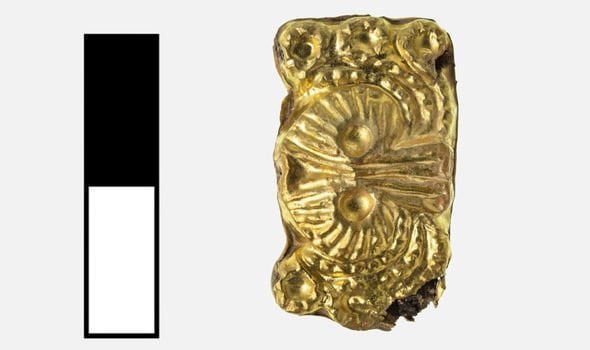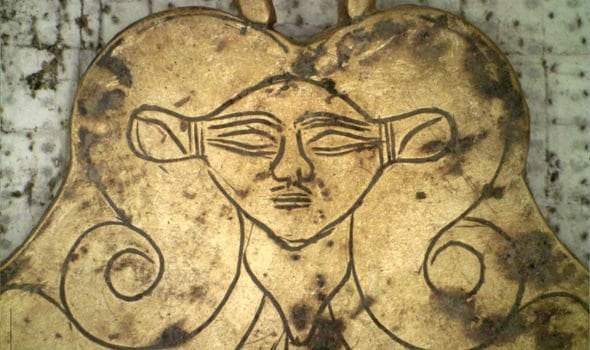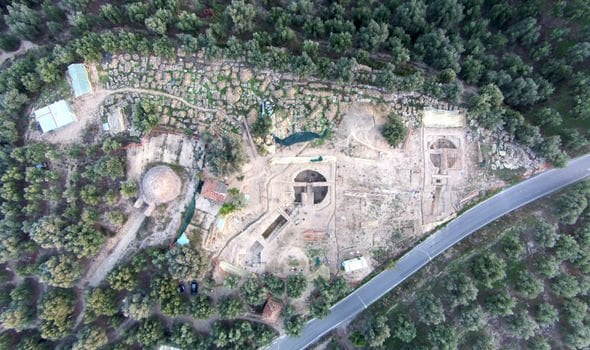https://veda.instory.cz/957-v-recku-byly-objeveny-tisice-let-stare-hroby-vedci-v-nich-nasli-zlate-sperky.html?utm_source=www.seznam.cz&utm_medium=sekce-z-internetu&fbclid=IwAR37Kx364e7AyMF7OY-gNo05jzB_vuhcd7jwVhN0Bxk9_96AfLSGPhsiXkQ
Tombs with gold jewellery
Categories: Finds and rescue research abroad , Nálezy nejenom s detektorem v západní Evropě
Archaeologists who found two royal tombs on the south-western Greek island of Peloponnese are rejoicing in a great discovery. Initial estimates put them at around 3,500 years old. Inside were gold jewels such as an amulet with the Egyptian goddess Hathor, who was the protector of the dead and welcomed and awakened the underworld.
The tombs were located near the city of Pylos, overlooking the Mediterranean Sea. There was also a large palace complex from the Mycenaean period nearby. The tombs were decorated on the inside with thin pieces of gold, which fell to the ground over time. They were built of stones about the size of a melon. The larger one was originally 12 metres high, the smaller one just over eight. But only part of it has survived. They were built in the Tholos style, a term for a circular building with a conical roof or vault, first found in Homer.
Among the rare objects found inside was the amulet mentioned above. Hathor, who is depicted on it, was not only the protector of the dead, but also fulfilled many other roles. She was the goddess of dance, beauty, music and alcohol. "The discovery of this jewel is one of the most interesting. It may help us to shed more light on Hathor's role in the world of the dead," thinks archaeologist Jack Davis of the University of Cincinnati.
Also found in one of the tombs was a ring depicting a pair of bulls flanked by ears of grain. "It's an interesting depiction of the main symbols of agriculture at the time. I have never seen anything like it before. Apparently, it is the only such artistic depiction of grain from the Minoan and Mycenaean periods found so far," Davis noted.
In addition, the archaeologists discovered two bulls standing on their hind legs depicted in a semi-precious carnelian stone, and above them arehexagonal star, which is also not common in Mycenaean culture. According to experts, the jewellery found is generally indicative of advanced trade, as the carnelian and other materials used in its manufacture must have been imported to the area. Carnelian was found in Greece, amethyst in Egypt, etc.
According to archaeologists, the tombs remained intact because their ceilings had already collapsed in antiquity. "You have to cross mountains to get there. In the past, Pylos wasn't even part of any hiking trail," explained archaeologist Sharon Stocker of the University of Cincinnati, who has also been involved in researching the tombs.



Source: www.express.co.uk
The article is included in categories:



